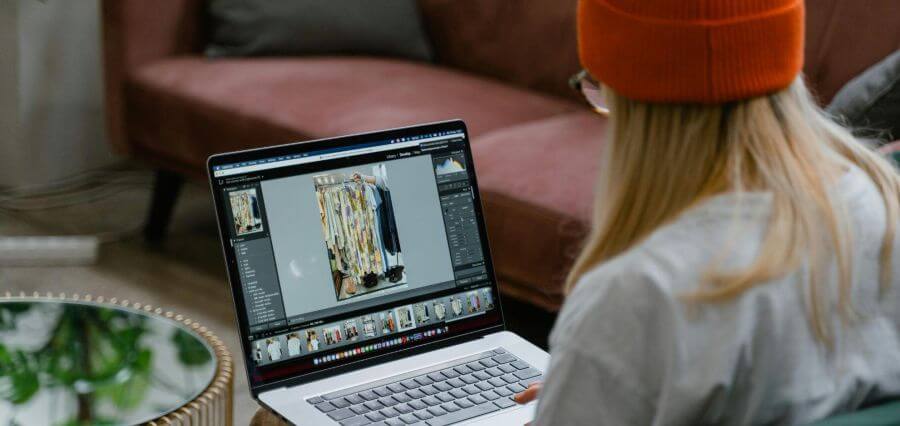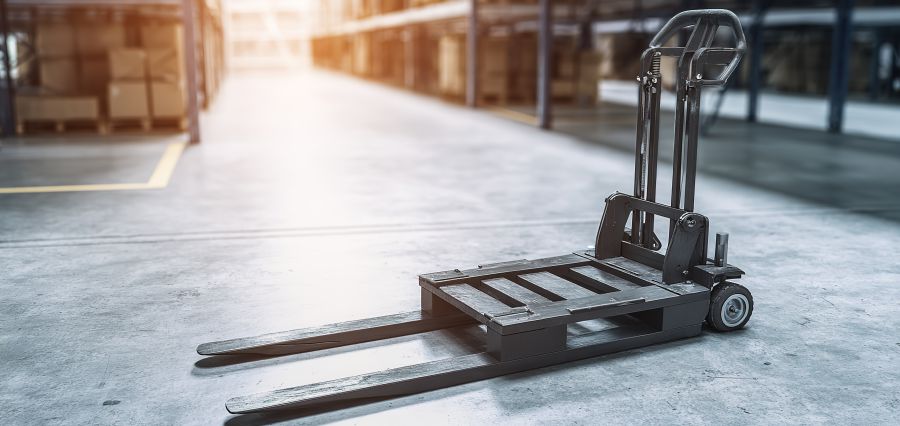There’s something kinda special about walking into a room and feeling like the walls are saying something. Perhaps it’s an old movie bill, a band leaflet, a trip print — whatever it is, it incontinently adds personality to the space. It’s not just decoration; it’s a liar without words. A single bill can say a lot about who you are, what you love, or indeed what kind of mood you want the room to have.
It’s funny, though — bills used to be far and wide. On road poles, coffee shop windows, dorm walls. You’d see them, tear one down, perhaps hang it up yourself. They had this texture, a smell, a sense of being alive. Now everything’s on a screen, scrolling endlessly. But even a published bill still feels further real. It takes up space, both literally and emotionally.
That’s why they’re making a comeback. Not just for collectors or design geeks, but for anyone who wants their space to feel a little more particular. It’s easier than ever, too — no need to hunt for a rare stretch piece when you can make your own. With tools that let you handle custom poster printing online, you can turn an idea, a quotation, ana na arbitrary sketch, indeed a phone print into o commodity that looks like it belongs in a gallery.
The stylish part? You don’t have to be a developer. Most people overthink it, allowing you to need complex plates or a ton of chops. But really, what makes a good bill is emotion. It’s about what it makes you feel. A single word in a cool fountain, a temperamental background, a splash of unanticipated color — that’s what sticks.
There’s also this thing about scale. Seeing your own creation published large is weirdly satisfying. It’s like your ideas eventually stepped out of the screen and started breathing. The texture of the paper, the colors reflecting real light rather than pixels — it changes how you look at your own work. It feels more endless ever, further meaningful.
And actually, bills aren’t just for homes presently. Cafés, workrooms, events, and small shops are all using them again to bring personality to their spaces. A bill hanging in a shop window does more than embellish — it tells people what kind of vibe that place has. Whether it’s minimalist and calm or bold and chaotic, it gives character that no digital announcement could.
You can indeed suppose of them as quiet fibbers. Every print carries a mood. A trip bill brings back the rush of a megacity road or an evening by the ocean. A quotation print reminds you to breathe, to decelerate down, to stay predicated. A music or art print connects people — like, “ hey, you love that band too.” It’s simple, but real.
Design-wise, the possibilities are endless. Some people like clean layouts with muted tones and negative space. Others go each out with wild colors and lapping rudiments. The rules are there, but they’re meant to be broken. That’s part of what makes bills so freeing to make — they do n’t need to be perfect, just suggestive.
And let’s be honest, there’s commodity satisfying about making commodity physical in a world that’s so digital. We spend all day clicking, codifying, swiping and having commodity you can actually touch and hang up feels grounding. It’s like reclaiming a bit of creative control back from the algorithms.
So yeah, defenses might rule utmost of our lives now, but bills are n’t going anywhere. They’ve just evolved. They’re more accessible, more customizable, more particular than ever ahead. You do n’t need a plant or fancy tools. You just need an idea — and a bit of curiosity about how it’ll look published big and bold.
Because at the end of the day, art is n’t about followers or likes. It’s about impact — and occasionally, that impact hangs still on a wall, changing how a space feels every time you walk through history.
Disclaimer –
This article is a work of original content created for public relations and informational purposes only. It may be published across multiple digital platforms with the full knowledge and consent of the author/publisher. All images, logos, and referenced names are the property of their respective owners and used here solely for illustrative or informational purposes. Unauthorized reproduction, distribution, or modification of this article without prior written permission from the original publisher is strictly prohibited. Any resemblance to other content is purely coincidental or used under fair use policy with proper attribution.













